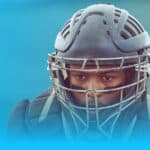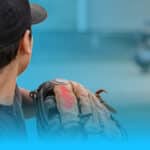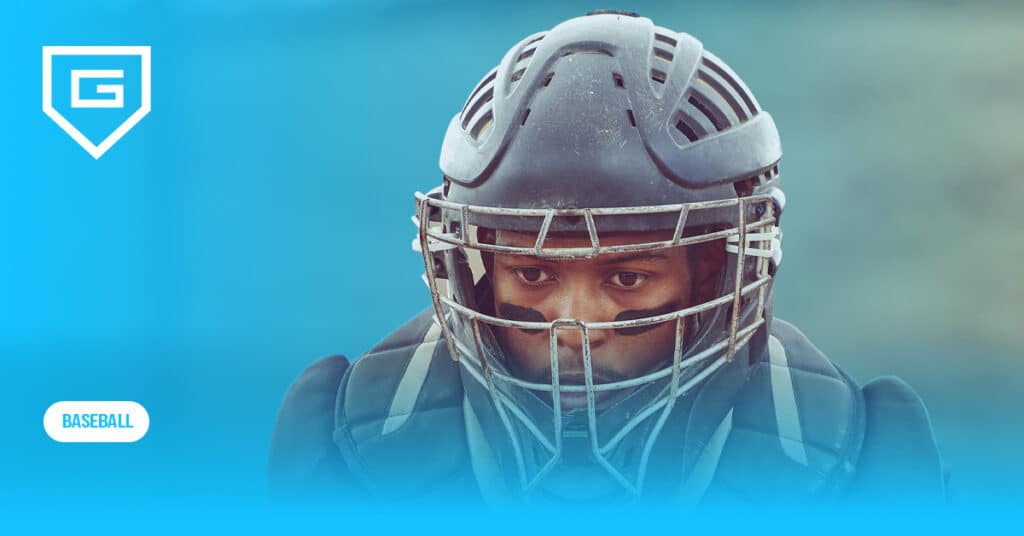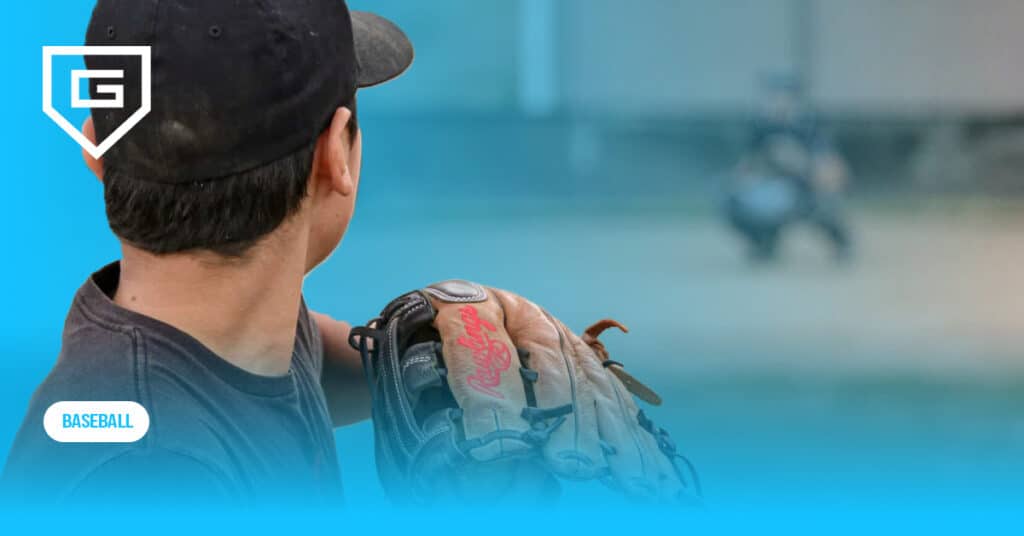Baseball Equipment List: The Complete Guide for Coaches in 2025
Reading Time: 9 minutes
Reading Time: 9 minutes
Getting your team set for the baseball season starts with having the right gear.
Whether coaching Little League or high school players, the best equipment keeps everyone safe, boosts skill development, and makes practices more fun.
This guide will walk you through a complete baseball equipment list, from practice gear to game-day essentials, to ensure you’re fully prepared for whatever the season brings.
Essential Baseball Equipment List For Coaches
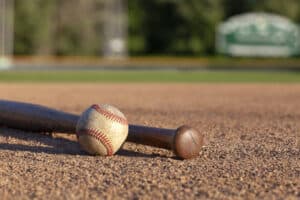
A coach who has baseball gear organized can focus on developing players instead of scrambling for missing equipment.
On-field coaching gear
A good fungo bat is key for baseball coaches during fielding practice. Its design is lighter and longer than regular baseball bats, which gives coaches better control and helps them avoid fatigue.
A coach’s glove is a must for demos and protection during practices. Lots of coaches like to use a slightly bigger mitt that can handle infield and outfield positions.
Clipboards and scorebooks help track game stats and strategies. These simple tools are key for recording player performance and making smart choices about lineups and substitutions.
Whistles and training aids like cones, agility ladders, and resistance bands complete the practice kit. Modern coaches also use wearable technology to track player metrics during training sessions.
Team management essentials
First aid kits and additional safety gear are non-negotiable for responsible coaches. Stock yours with bandages, antiseptics, ice packs, and athletic tape for quick response to minor injuries.
Hydration supplies keep players performing at their best. Bring water coolers and cups, and encourage personal water bottles at every practice and game.
Team lineup cards and record-keeping materials help organize your team. Many coaches now use tablets with specialized apps rather than traditional paper methods.
Rule books and coaching references should always be accessible. Some coaches are even exploring electronic pitch-calling systems to modernize communication with players during games.
Baseball remains an equipment-heavy sport, but today’s coaches have more options than ever. While advanced baseball accessories can help, the fundamentals remain most important.
Baseball Equipment List For Players

Players need baseball equipment that fits well, meets league rules, and helps them perform their best on the field. Kids in youth leagues usually need less equipment compared to older groups.
Batting equipment
Baseball bats come in aluminum, composite, or wood materials with varying weights and lengths. Tee ball bats are designed differently than bats high school teams use. Players need a bat they can consistently swing level; if a bat is too heavy, it can lead to dropping the barrel and difficulty making consistent contact.
Different bats are required depending on the league, often based on the age of players. Youth leagues typically require USA Baseball or USSSA-certified bats.
While there are many options available, very few bats combine durability, performance, and affordability, making it important to research before purchasing.
A proper baseball batting helmet is key for safety. Protective head gear needs to meet NOCSAE standards and should fit tight without wobbling. Some leagues might ask for face guards or jaw protectors for extra safety.
Batting gloves improve grip and prevent blisters. They’re not just a fun accessory. They come in all sorts of sizes and materials, and if you want something that lasts, leather is definitely the way to go.
Practice tools like batting tees and nets help players work on their swing mechanics when they aren’t playing games.
Fielding gear
Younger players may benefit from a bigger glove to ensure proper performance and a better fit. Different positions require specific glove types.
The most important aspect of the glove is being well broken in with a decent pocket:
- Infielders: 11-12 inch gloves
- Outfielders: 12-14 inch gloves
- First basemen: Specialized mitts
- Catchers: Padded mitts with extra protection
Baseball fielding drills become more effective with training aids like weighted balls and practice gloves that develop the proper technique.
Catcher’s gear includes a chest protector, leg guards, and a specialized helmet. Catchers also need a protective cup for safety.
Player apparel
Well-fitting baseball cleats provide a good grip on dirt and grass. Young players usually go for rubber cleats, while older athletes might wear metal cleats if league-approved.
Purchasing baseball pants with reinforced knees and sliding areas is a must. Baseball pants made from breathable materials enhance comfort and performance during gameplay.
Sliding shorts with padding protect thighs during base running, sliding, and diving plays.
Team jerseys represent your squad and should be comfortable for play in various weather conditions.
Complete the uniform with matching baseball socks and a team hat to look professional and meet league dress codes.
GoRout Diamond: Using Communication Technology In Baseball
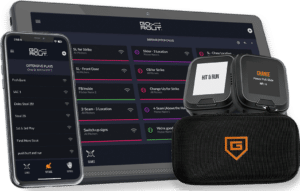
Modern baseball welcomes sports coaching technology, and communication devices like GoRout Diamond are changing how teams operate.
This innovative baseball pitch-calling system helps coaches and players communicate more effectively on the field during practices and games.
GoRout Diamond is built in the USA, teaming up with Connect America in Pennsylvania and KORE Wireless in Georgia. It uses cellular tech, so you don’t need WiFi, making it reliable anywhere your team plays.
How it works:
- Coaches create playbooks through a web interface
- Signals are sent via mobile app to players on the field
- Players wear pitch-calling watches that display coach instructions
- NCAA-approved tablets are available for collegiate compliance
Electronic pitch-calling wristbands are bright and readable even in direct sunlight. Players can switch between light and dark modes depending on conditions.
Benefits for coaches:
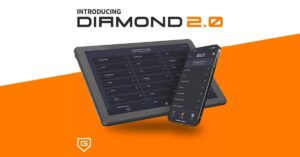
- Elimination of sign-stealing concerns
- Customizable plays and signals
- Encrypted communication for security
- AI-powered analytics for performance insights
- Real-time pitch charting capabilities
Benefits for players:

- Clear instructions without confusion
- Faster game pace with instant communication
- Reduced pressure to remember complex sign sequences
- Enhanced performance through better coordination
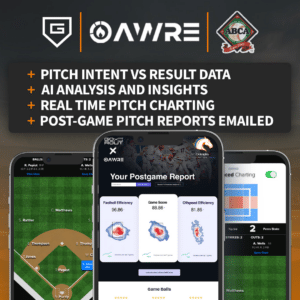
The system’s weather-resistant design ensures it performs reliably in various conditions. With 12+ hours of battery life, teams won’t worry about devices dying during doubleheaders.
GoRout offers 100% breakage warranty and flexible packages to fit any program size or budget. Teams can start with just a single device for coach-to-catcher communication and expand later.
Testimonials and case studies are available for those interested in learning more about its impact. Visit our web shop to see all the details.
Want to see how this electronic pitch-calling system for sale could upgrade your team’s performance?
Get a quote and join the baseball programs already improving their game with cutting-edge communication tech.
Baseball Equipment Maintenance And Storage
Proper care and storage of baseball gear extends its life and saves coaches money. Regular cleaning and maintenance are key.
Cleaning basics:
- Wipe down bats after use to remove dirt and sweat
- Wash uniforms according to tag instructions
- Clean gloves with a damp cloth and apply leather conditioner
- Sanitize helmets and protective gear to prevent bacteria growth
- Inspect equipment regularly for damage or wear
Most baseball backpacks are a great way for players to carry their gear. These bags usually have special compartments for bats, gloves, and cleats.
Baseball equipment storage carts help keep practice areas neat and make it easier to transport everything, too.
Storage tips:
- Store balls in mesh bags or buckets
- Keep bats standing upright or lying flat (never leaning)
- Shape gloves with a ball inside during the off-season
- Hang uniforms to prevent wrinkles
- Use climate-controlled spaces when possible
Players should be responsible for their equipment, but coaches should model proper care techniques. Teaching young players to respect their gear builds good habits.
After the season ends, coaches should inventory and clean all team equipment before storage. It makes preparation for next season much easier!
Where To Buy Quality Baseball Equipment
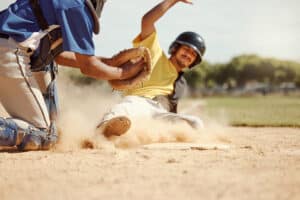
Finding the right places to buy baseball training equipment can save coaches time and money. You can find quality gear at reasonable prices. Let’s explore your best options for stocking up on everything from bats to baseball pants.
- Specialty baseball retailers provide a comprehensive range of baseball equipment and expert advice, often from staff with playing experience.
- General sporting goods chains offer essential coaching gear at competitive prices, frequently featuring seasonal sales for budget-conscious teams.
- Online retailers enhance your choices with easy comparison shopping and customer reviews to assess product quality.
- Buying in bulk can lead to team discounts, so reach out to retailers for special pricing on multiple items.
- Think about durability when choosing team gear. Investing in higher quality goods may cost more upfront but will last longer.
- Equipment shops offer customization for uniforms and gear, which helps bring everyone together and makes sure the whole team has what they need.
- Try buying gear during off-season sales. You’ll find quality items at awesome prices, especially with late summer and winter clearance sales.
- All the new models hit the shelves in spring, but they come with a higher price tag. It’s a smart move to grab last season’s models at a discount instead.
- Some stores also have layaway or payment plans for coaching gear, so you can spread the costs when you’re buying equipment for the entire team.
Don’t forget about local sports swaps. They can be gold mines for lightly used equipment; community baseball groups usually throw these events yearly.
Budgeting Baseball Gear For A Complete Season
Planning your baseball equipment budget helps you find quality gear at reasonable prices and keeps teams organized and prepared for the season ahead.
Coaches need to balance quality and cost when equipping their teams.
Essential purchases priority list
- Safety equipment: Helmets, catchers gear, first aid kit
- Game-day necessities: Baseballs, bats, gloves
- Training tools: Fungo bats, scorebooks, clipboards
- Uniform basics: Pants, jerseys, hats
- Field equipment: Bases, pitching rubber, measurement tools
Fundraising ideas
- Team sponsorships from local businesses
- Baseball card or merchandise sales
- Car washes or community service events
- Tournament hosting with registration fees
These activities not only raise money but build team spirit, too!
Parent contribution management
Keep track of parent contributions with simple spreadsheets. Many teams use a tiered approach:
- Full equipment package: $150-200
- Basic package (uniform only): $75-100
- Scholarship options for families in need
Clear communication about costs early in the season helps parents budget appropriately. Consider creating a complete equipment checklist so parents know exactly what their players need.
Conclusion About Baseball Equipment
Having the right baseball gear makes a big difference for coaches and teams. Good equipment keeps players safe and helps them perform better on the field.
Investing in tough, quality items can save money down the line. The best baseball equipment companies often offer warranties on their top products, which is a nice bonus for peace of mind.
Don’t forget storage solutions—they’re just as important as the gear. A well-organized coach’s bag or equipment cart can make practices run smoothly and prevent lost items.
Technology has changed coaching. With pitch-tracking devices and training gear that measures swing metrics, players can develop way faster than with the old-school methods.
For teams on a budget, there are affordable options out there. Many manufacturers offer team discounts, and buying in bulk can cut costs.
It’s also crucial that players feel comfortable. Equipment that fits well helps prevent injuries and lets them focus on their game instead of discomfort.
Taking care of your gear is key to making it last. Regularly cleaning items, storing them properly, and fixing minor damage can increase how long they last.
GoRout offers great baseball solutions for teams at any level. Our products are reliable, perform well, and are a solid value compared to other brands.
Get a quote and see how the right equipment can change your season.
FAQs About Baseball Equipment Lists
What is the equipment needed to play baseball?
To play baseball, all you really need is a bat, ball, and glove. It’s important to have a bat that feels comfortable to swing, so you can hit the ball properly.
Don’t forget about safety—wearing a good baseball helmet is a must. Players use baseball cleats, batting gloves, and other protective gear like helmets to stay safe on the field.
Catchers require additional equipment including a mask, chest protector, and shin guards.
Most players also bring their own water bottles and bags to carry their gear. Weather protection like caps and sunscreen are important for outdoor games.
What does every baseball coach need?
Baseball coaches should have a comprehensive gear checklist that includes baseballs, a glove, fungo bat, scorebook, pens, and lineup cards.
A first aid kit is key for safety.
Other important items include a clipboard for strategy notes, water, proper uniform, and communication tools. Many coaches also carry sunscreen, extra equipment, and training aids for practice.
What equipment is needed for Little League baseball?
Little League players need age-appropriate equipment including:
- Properly sized bat (usually 26-32 inches)
- Proper baseball helmet with face masks and jaw guards recommended for older divisions
- Glove or mitt
- Batting helmet with face guard
- Cleats (rubber, not metal)
- Athletic supporter and cup
- Baseball pants and jersey
When it comes to youth baseball, having the right gear is key—make sure it fits well and keeps everyone safe. Parents usually have to pack extra stuff for tournaments, like clothes, snacks, and folding chairs.
Plus, most leagues have shared gear like bats and helmets, so there’s no need to worry about that.

